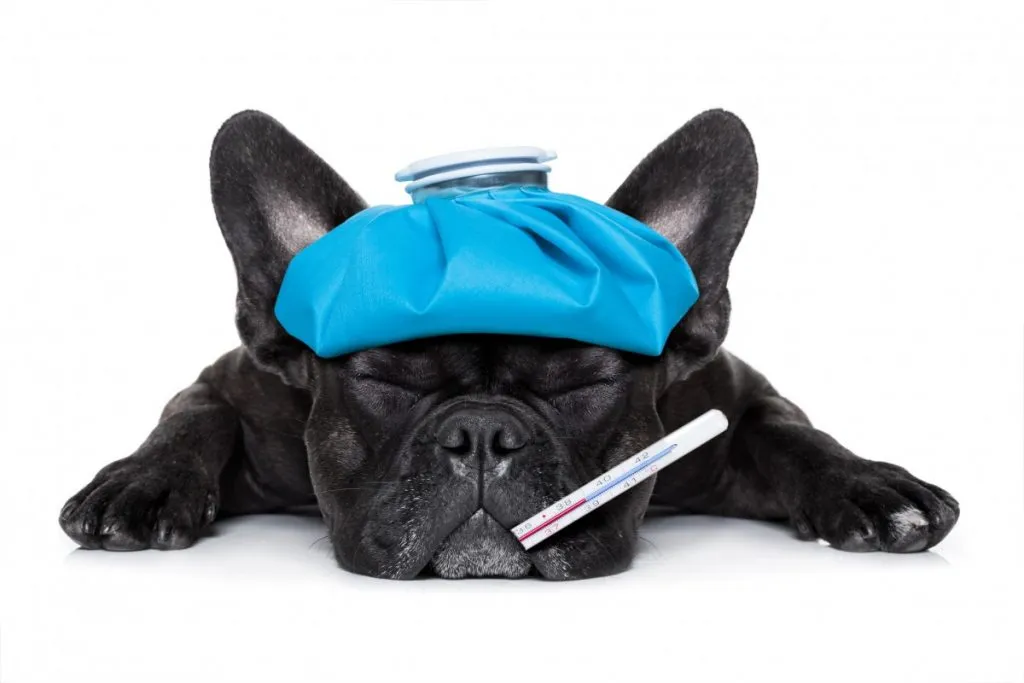What is a Spay?
A spay, also known as an ovariohysterectomy, is a common surgical procedure performed on female pets (dogs, cats, and sometimes other small animals) to remove the ovaries and uterus. By doing this, your pet is no longer able to reproduce, and it also prevents her from going into heat. The procedure is performed under general anesthesia by a veterinarian and is considered a routine, safe surgery when your pet is healthy.
Why Do We Spay?
Spaying has both medical and behavioral benefits, in addition to helping address the larger issue of pet overpopulation.
Medical Benefits:
-
Prevents unwanted pregnancies and litters.
-
Eliminates the risk of uterine infections (pyometra), a life-threatening condition common in older, unspayed females.
-
Greatly reduces the risk of mammary (breast) tumors, especially if done before the first heat cycle.
-
Prevents ovarian and uterine cancers.
Behavioral Benefits:
-
Reduces or eliminates behaviors linked to heat cycles such as vocalizing, restlessness, pacing, and attempts to escape.
-
Less likely to attract roaming males to your yard.
-
Can lead to a calmer, more predictable temperament in many pets.
Community Benefits:
-
Helps reduce the number of homeless animals in shelters and rescues.
-
Prevents the stress and cost associated with accidental litters.
When Should My Pet Be Spayed?
The ideal age for spaying depends on the species, breed, and size of your pet.
-
Cats: Often spayed around 5–6 months, before their first heat cycle.
-
Dogs: Typically between 6–12 months, though large and giant breeds may benefit from waiting until growth plates have matured. Your veterinarian can help determine the best timing for your individual pet.
What to Expect Before and After Surgery
Before Surgery:
-
Your pet will undergo a physical exam, and sometimes bloodwork, to ensure they are healthy enough for anesthesia.
-
Fasting (no food) is typically required the night before.
During Surgery:
-
Your pet is placed under anesthesia.
-
The veterinarian makes a small incision in the abdomen to remove the ovaries and uterus.
-
The incision is closed with sutures, surgical glue, or staples.
After Surgery:
-
Your pet may be a little groggy the first day, but usually recovers quickly.
-
Activity will need to be limited for about 10–14 days while the incision heals.
-
Your pet may wear an e-collar (cone) or medical shirt to prevent licking or chewing at the incision.
-
Pain medication is prescribed to keep your pet comfortable.
Common Questions About Spaying
Will my pet get fat after being spayed?
Not if you manage her diet and exercise. Metabolism may slow slightly, but with proper nutrition and activity, your pet will stay fit and healthy.
Is it safe?
Spaying is one of the most commonly performed veterinary procedures. While every surgery carries some risk, the benefits far outweigh the risks, especially when performed by experienced veterinary professionals.
Is spaying painful?
Your pet will be under anesthesia during the surgery, and pain medication is provided to keep her comfortable during recovery. Most pets bounce back quickly, often acting like their normal selves within a couple of days.
The Bottom Line
Spaying is one of the most important health decisions you can make for your female pet. It not only prevents unwanted litters but also protects her from serious health risks and helps her live a longer, healthier life. It’s an act of love and responsibility that benefits your pet, your family, and the community.
Watch the video below to learn more about the spay procedure.




